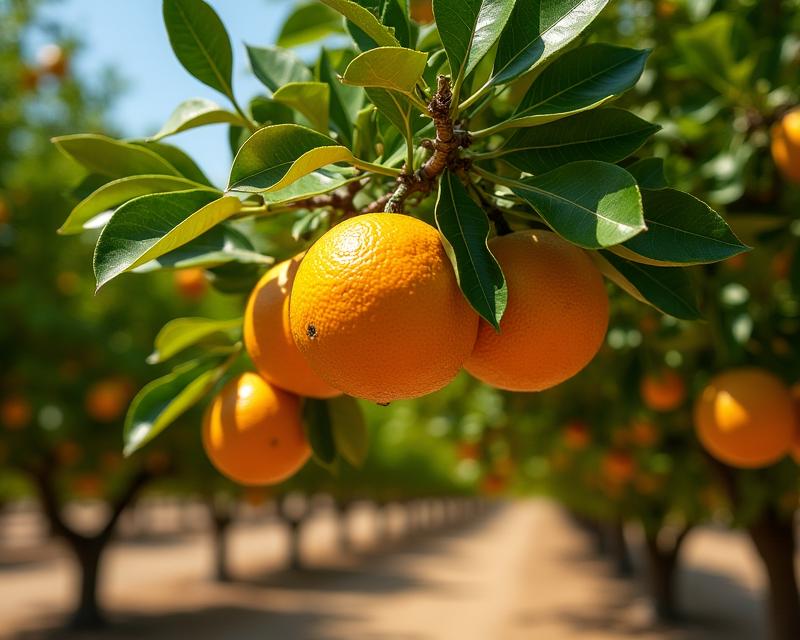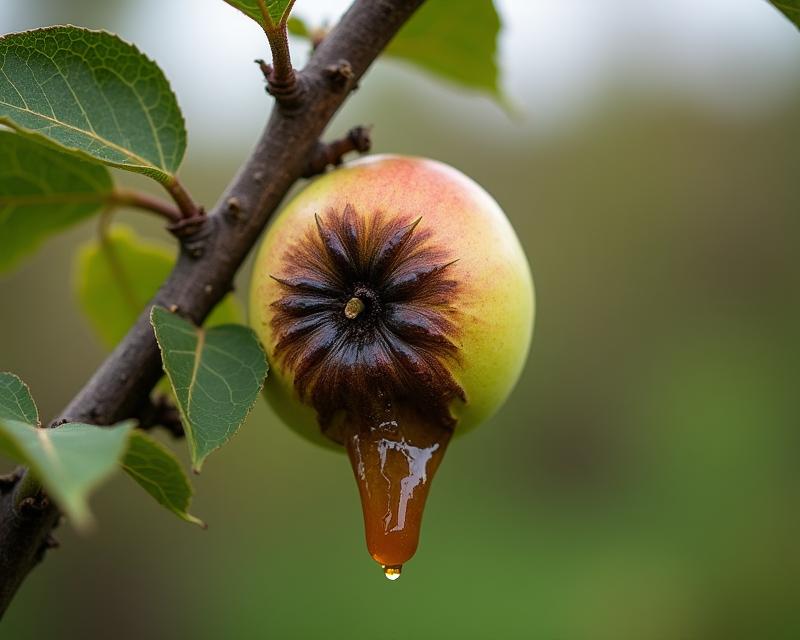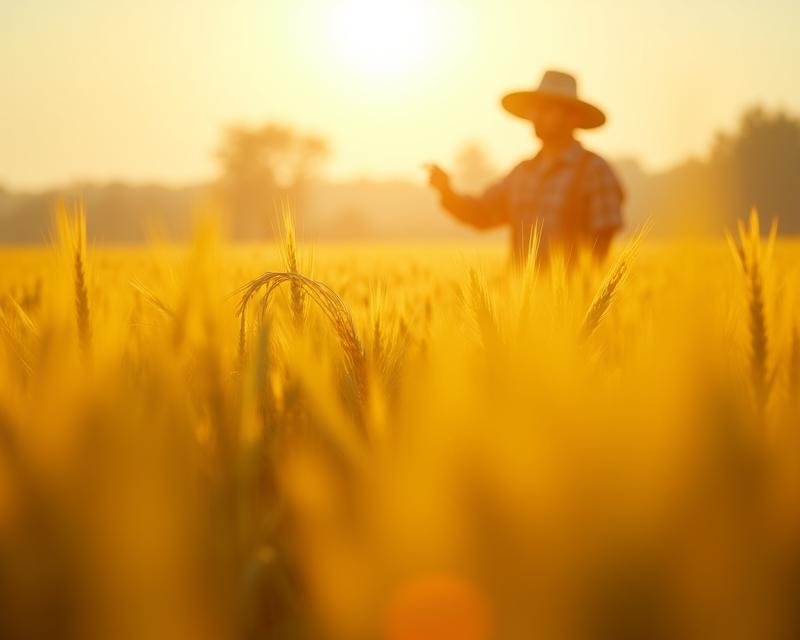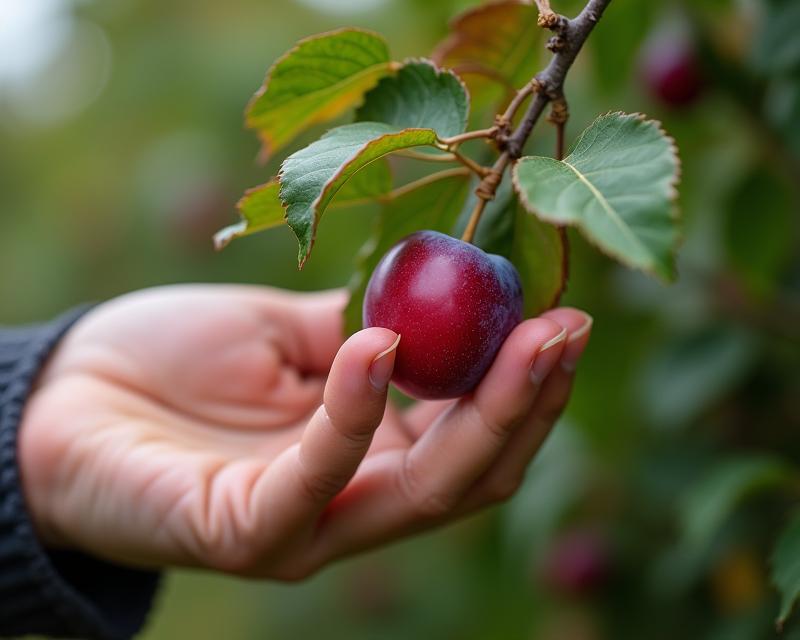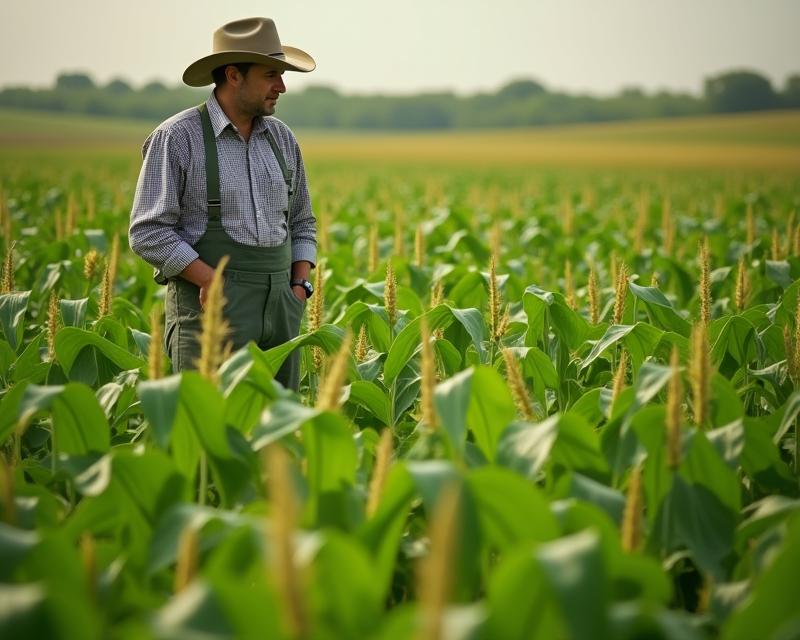Warm vs. Cool Season Grasses: Which is Best?
Publish in Crops el 07/07/2025 18:38
Warm-Season vs. Cool-Season Grasses: Choosing the Right One for Your Region
Choosing the right grass for your land is a crucial decision, whether you're a farmer, gardener, or rancher. The two main types – warm-season and cool-season grasses – have very different needs and thrive in different climates. Understanding these differences can significantly impact your yields, maintenance, and overall success. Let's dive into the details!
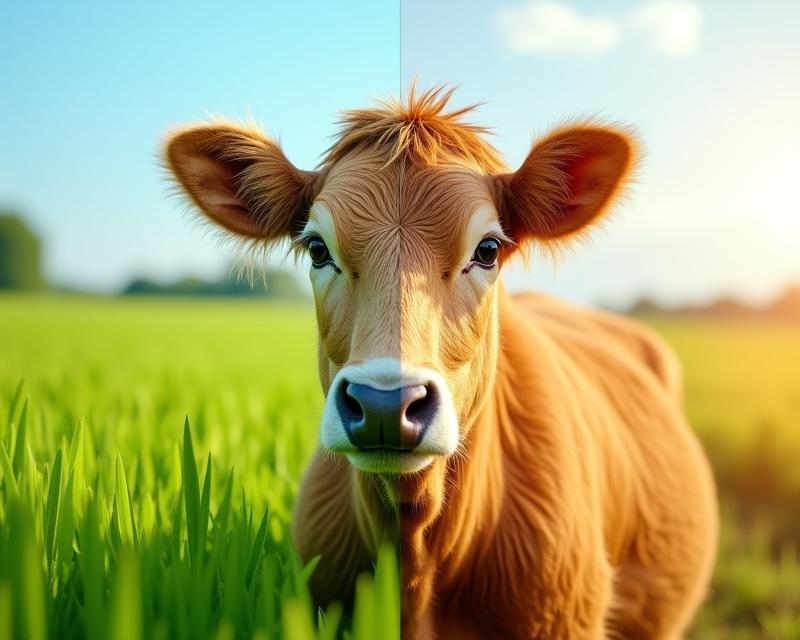
Understanding the Key Differences
The primary distinction between warm-season and cool-season grasses lies in their temperature preferences. Warm-season grasses flourish in hot weather, typically growing best when temperatures are consistently above 70°F (21°C). They go dormant during the colder months, often turning brown. Think of Bermuda, Zoysia, and Centipede grass. Cool-season grasses, on the other hand, thrive in cooler temperatures, ideally between 50°F and 70°F (10°C to 21°C). They remain green throughout the fall and spring, but may go dormant during the heat of summer. Kentucky Bluegrass, Ryegrass, and Fescue are common examples.
Growth Patterns and Seasonal Productivity
Growth patterns also differ significantly. Warm-season grasses generally have a faster growth rate during their active season, leading to quicker establishment and earlier harvests. They are also more drought-tolerant once established. However, their dormancy period means you won't have continuous green growth year-round. Cool-season grasses have a slower initial growth rate but offer more consistent green cover throughout a longer period. They are generally more susceptible to heat stress and may require more irrigation during hot summers. Consider your region's typical weather patterns when making your choice. If you live in an area with mild winters and hot summers, warm-season grasses are usually a better fit. If you experience cold winters and mild summers, cool-season grasses are typically more suitable.
Regional Considerations and Practical Applications
The best grass for you depends heavily on your geographical location. In the southern United States, warm-season grasses are the go-to choice for lawns, pastures, and sports fields. In the northern regions, cool-season grasses are generally preferred. For farmers, this translates to different crop rotation strategies and grazing schedules. For gardeners, it impacts planting times and watering needs. For ranchers, it affects forage availability throughout the year. Ultimately, research what thrives best in your specific area and consider your intended use for the grass. Don't hesitate to consult with local agricultural extension offices or experienced farmers for personalized recommendations. They can provide valuable insights into the specific challenges and opportunities in your region.
Making the Right Choice
Choosing between warm-season and cool-season grasses isn't a one-size-fits-all decision. Carefully consider your climate, soil type, intended use, and maintenance preferences. By understanding the unique characteristics of each type, you can select the grass that will best support your agricultural or horticultural goals, leading to a healthier, more productive landscape.
